You can intepolate to determine the skewness and interpolate again to correct it.
import numpy as np
from scipy.ndimage.interpolation import map_coordinates
m, n = g.shape
j_shift = np.interp(g[:,0], g[0,:], np.arange(n))
pad = int(np.max(j_shift))
i, j = np.indices((m, n + pad))
z = map_coordinates(g, [i, j - j_shift[:,None]], cval=np.nan)
This works on the example image, but you have to do some additional checks to make it function on other gradients. It does not work on gradients that are nonlinear in the x-direction though. Demo:

Full script:
import numpy as np
from scipy.ndimage.interpolation import map_coordinates
def fix(g):
x = 1 if g[0,0] < g[0,-1] else -1
y = 1 if g[0,0] < g[-1,0] else -1
g = g[::y,::x]
m, n = g.shape
j_shift = np.interp(g[:,0], g[0,:], np.arange(n))
pad = int(np.max(j_shift))
i, j = np.indices((m, n + pad))
z = map_coordinates(g, [i, j - j_shift[:,None]], cval=np.nan)
return z[::y,::x]
import matplotlib.pyplot as plt
i, j = np.indices((50,100))
g = 0.01*i**2 + j
plt.figure(figsize=(6,5))
plt.subplot(211)
plt.imshow(g[::-1], interpolation='none')
plt.title('original')
plt.subplot(212)
plt.imshow(fix(g[::-1]), interpolation='none')
plt.title('fixed')
plt.tight_layout()


